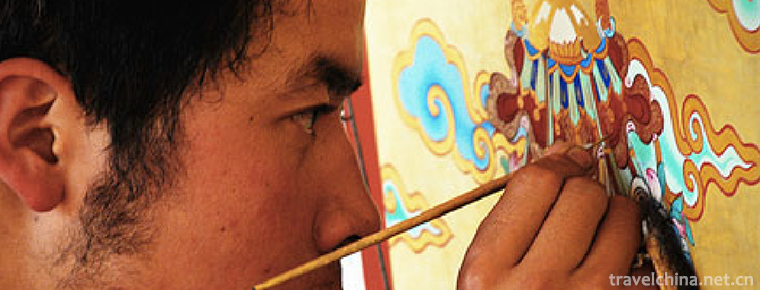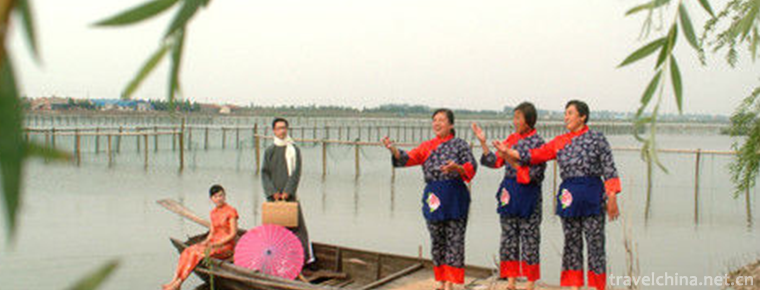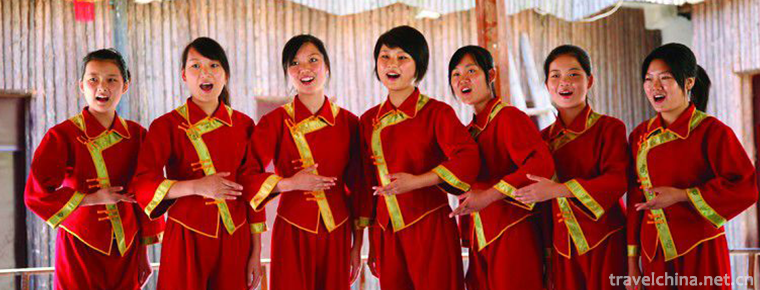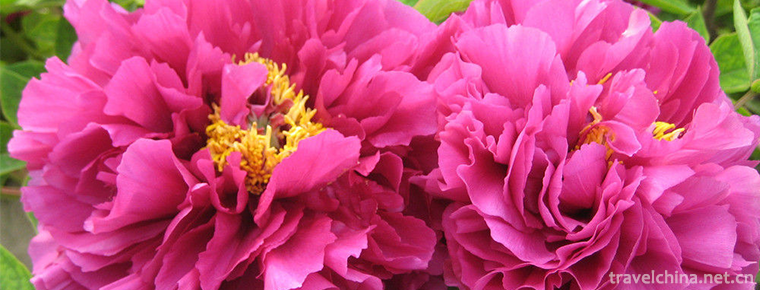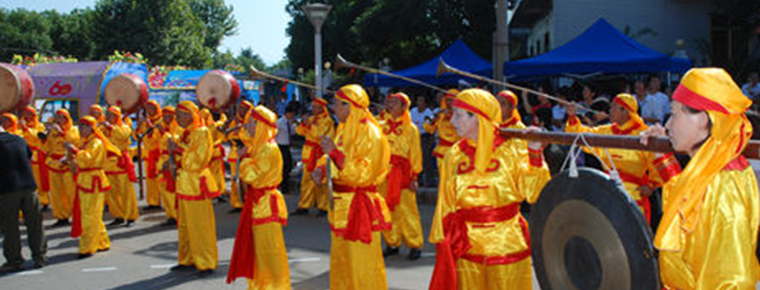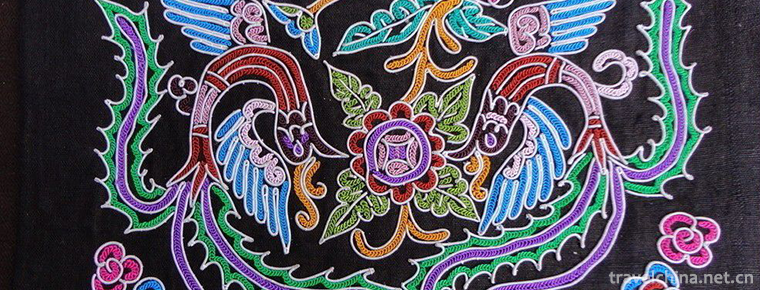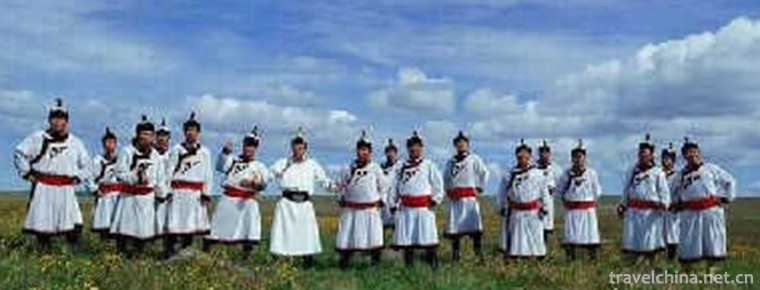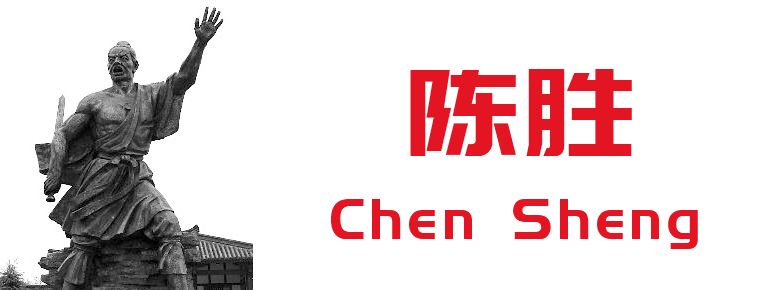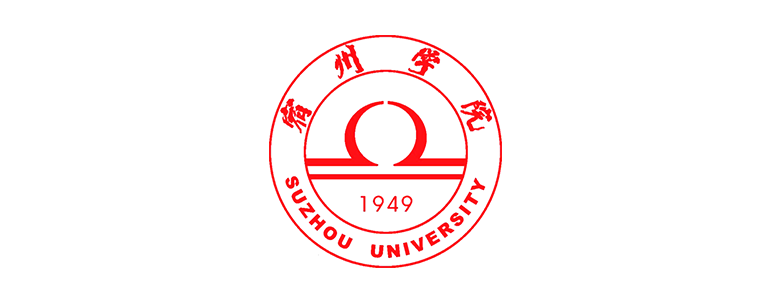Wool Textile and Rolling Techniques
Wool Textile and Rolling Techniques
Flower felt is the most popular among all
ethnic handicrafts in Xinjiang, and it has a long history. Felt caps from the
1st to 3rd centuries A.D. are among the cultural relics unearthed at Lop Nur
Loulan Site, an important post on the Silk Road, and numerous felts, felt boots
and other relics unearthed later in Xinjiang. The "brocade felt"
mentioned in "Wei Shu Xiyu" refers to flower felt. In Han Dynasty, it
is called "felt" and "shi" and so on. In the poem Hu Teng
Er written by Li Duan, a poet of Tang Dynasty, there are sentences of
"raising eyebrows and striking eyes on the flower felt". There are
four kinds of flower felt in Xinjiang: patch felt, printing felt, embroidery
felt and rolling felt.
On June 7, 2008, wool textile and rolling
technology was approved by the State Council and listed in the second batch of
national intangible cultural heritage list. Record .
Definition
Flower mat: Uygur called
"Sirdak", is the most widely used variety of Kazakh, Mongolian,
Kirgiz, Tajik and other nationalities living in pastoral areas. It uses color
cloth or felt shears, and is opposed to complementation. The patterns are
mostly lamb horns, branches, cirrus clouds, water patterns and other styles.
The tone of the patterns is bold and bold, and the color contrast is strong.
Printed felt: Uyghur is called
"Basmarguerik Ikezi". The printing method is the same as that of the
earth-printed base cloth. When making the blanket, lay it on the line, lay a
different layer of background color on different areas according to the need,
draw out the edge line, and use black, also known as "black leather",
then print different patterns with different colors, delicate patterns,
gorgeous, and many varieties of patterns. But the pattern durability of this
kind of felts is poor, the felts themselves are good when used, and the
patterns are already totally different, so this kind of felts is not very
popular.
Embroidered felt: Uyghur is called
"Kathy Tank Ikezi". It symmetrically embroiders various patterns on
the felt with the method of color silk thread lock and plate needle. It is
well-made and time-consuming. This kind of felt is mainly laid on the theme of
the living room, is one of the old noble articles, mainly popular in the upper
class society. Hetian, Moyu, Cele and Yutian are the most popular areas.
Rolling felt: Uyghur is called
"Tanlimat". This kind of rolling felt takes a lot of work to make,
but it is firm and durable, with clear patterns and elegant appearance. This
kind of felt has been widely spread in Xinjiang.
Technology
The procedures of rolling felt are as
follows:
(1) Shell hair. Choose the best wool,
preferably the lamb wool of that year. Carefully check the dirty wool, spread
the wool on the clean mat curtain manually three times, so that the wool is
soft, all the wool scattered.
(2) The thinner colored felt dyed and woven
beforehand, cut out the required shape, and put all kinds of patterns on the
curtain. According to the pattern requirements, the elastic colored wool should
be filled in the middle of the pattern, and different colored wool should be
added on the four sides to make the flow comb pattern. This is the most complex
handicraft work in the felt. Craftsmen do not need to put together drawings
completely by experience. Some craftsmen have more than 100 kinds of patterns
in their minds, which are arranged according to people's requirements and
constantly have new patterns. After the color picture is laid out, the elastic
wool is laid on the top. The wool should be evenly laid and empty. The wool is
actually the base color of the felt. After the wool is laid, the hot water is
sprayed once.
(3) Roll up the straw curtains sprinkled
with water, laid with wool and patterns, tie the ropes tightly, and begin
rolling. Four to six people tread rhythmically to roll the curtain back and
forth with their feet. Unfold the curtain in about an hour and take out the
preliminary formed felt.
(4) Drag the tapestry straight on the paved
curtain and sprinkle hot water again to dissolve the wool keratin completely,
and then roll it into one. In order to make the felt smoother, people also roll
the blank into a barrel. Several people roll the blank on the curtain with
their elbows again and again. The edge of the blank is constantly pulled apart
and flattened, repeatedly until the craftsman approves it.
(5) Drying. Flatten and straighten the
rolled felt and air it on the wooden pole, but keep it from being exposed to
the sun. After drying, a beautiful felt is made.
Uygur felt patterns are influenced by
Islamic culture. They are mainly made of plants and flowers. Generally, there
are no animals or characters. There are dozens of varieties such as Abu Du Wa
pattern, Anaguli pattern, Peony pattern, Mulberry pattern, Taji pattern, Sesame
pattern, Tuan pattern, Chrysanthemum pattern, Safflower pattern, Claw-tooth
pattern, Window lattice pattern, Comb pattern, Badamu pattern, Rose pattern,
Papillar pattern, Double-Papillar pattern, etc.
Skill
She said that the precious silk products
are mainly due to the precious raw materials and hard work. It uses raw silk as
warp and cooked silk of various colors as weft, and the price of mulberry silk
is very expensive. In order to ensure the quality of silk products, the best
silk will be selected. Making techniques include falling, pulling, ascending,
crossing and overturning. Techniques include leveling, scraping, hooking,
shuttle, knot, three-blue scraping, ink scraping, etc. It takes half a year to
finish a silk reeling work and two or three years to finish it, depending on
the size of the picture and the complexity of the pattern.
Another exhibition hall displays a number
of finished products, beautifully mounted, the pattern color transition
symmetrical. Cheng Miaoxin said that the more uniform the pattern color
transition, the more time-consuming, because the silk is "through
longitude and weft breaking" technology. After the warp thread is worn on
the loom, the weft silk is needed. The more complex the pattern is, the color
of the silk thread needs to be changed many times on the same latitude line,
and the change of the line is very time-consuming and labor-consuming.
Speaking of Dingzhou silk can not bypass
Shen Zifan, he is a silk craftsman of Song Dynasty, whose ancestral home is
Mengjiazhuang, Dingzhou, known as "Disheng". During the Southern Song
Dynasty, under the oracle of the Holy Oracle, he assumed the post of weaving
inspector and supervised the history of weaving. The special administrators run
Silk fangs and weaving courtyards, which promoted the development of the
weaving industry in the south of the Yangtze River. In the local Shenzifan
Cultural Square, there are also statues of him.
market
China News Agency, Beijing, Feb. 16
(Reporter Yan Xiaohong) In 2014, China's wool textile exports to the EU and the
United States increased significantly. The European and American economies are
expected to be better in 2015, and China's woolen textile exports are expected
to benefit from it.
Reporters learned from China Wool Textile
Industry Association on the 16th that the total import and export volume of
wool textile raw materials and products in China was 16.289 billion US dollars
in the first November of 2014, an increase of 4.43% over the previous year.
Among them, total exports amounted to $12.474 billion, an increase of 8.27%
over the same period last year.
European and American markets tend to have
strong demand for Chinese wool textile products, and the performance of the two
markets is relatively prominent. Over the same period, China's woolen textile
exports to the EU and the United States increased by 8.33% and 13.59%
respectively over the same period last year, increasing by 1.78 percentage
points and 10.58 percentage points respectively. Although the total export
volume of Chinese wool yarn declined slightly, the export volume of wool yarn
to the United States increased by 65% year on year.
According to the latest IMF forecast,
global economic growth is expected to accelerate slightly from 2015 to 2016,
rising from 3.3% in 2014 to 3.5% in 2015. Among them, the economic growth rate
of the United States in 2015 is projected to be 3.6%, 1.2 percentage points
higher than that in 2014: the economic growth rate of the euro area is 1.2%,
0.4 percentage points higher than that in 2014.
Industry experts say that the economic
growth expectations of major developed economies are good, which will have a
positive impact on China's wool textile industry. The export growth of wool
textile raw materials and products in 2014 illustrates this point
Dubai will launch the International Textile
Fair
The Gulf Times reported that the first
Dubai International Textile Fair was held at the Dubai International Convention
and Exhibition Center. The organizers believe that this development will
further promote the textile industry in the Middle East with a scale of $56
billion .
Reported that the United Arab Emirates is
the largest textile consumer market in the Middle East, Dubai has been the hub
of regional textile trade for decades. In 2011, the United Arab Emirates
imported textiles amounted to 13 billion US dollars, and the textile industry
revenue reached 13.2 billion US dollars. From 2006 to 2011, the industry
revenue increased by 9.9% annually. According to the data of Dubai Statistical
Center, Dubai textile production increased from 383.5 million US dollars in
2007 to 448.2 million US dollars in 2011, with an average annual growth of
4%.
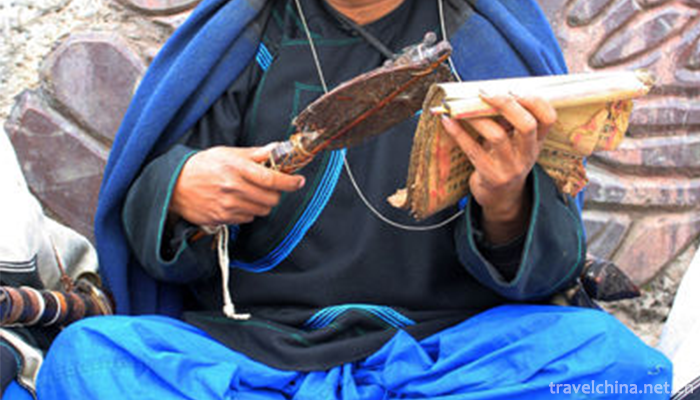
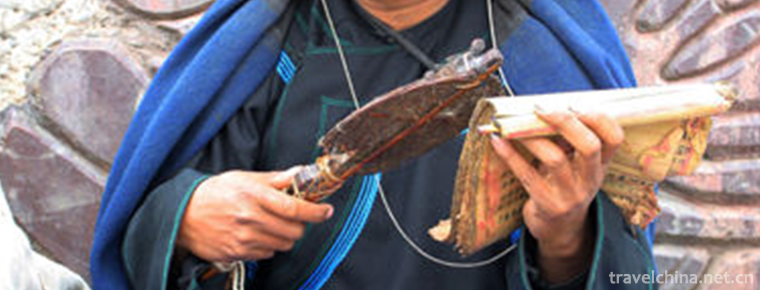
Wool Textile and Rolling Techniques
-
Ning Xia Night Market
Ningxia Night Market is one of the few night markets in Taipei ...
Views: 197 Time 2018-10-12 -
Tibetan Thangka
Tibetan Thangka, also known as Tangga, is a transliteration of Tibetan language. It is a scroll painting mounted on satin fabrics. It is a kind of painting with Tibetan cultural characteristics
Views: 173 Time 2019-04-15 -
Jiashan Tian Ge
Jiashan Tiange is a local folk song in Zhejiang Province. It belongs to a variety of Wuge songs. It is a unique form of ballad in Zhejiang Province. It is a song that workers sought comfort and expres
Views: 333 Time 2019-05-05 -
Lv Jiahe Folk Song
Lvjiahe Folk Song is a kind of folk song which is popular in Lvjiahe Village, Guanshan Town, Danjiangkou City, Hubei Province. Located in Wudang Mountain Scenic Area, the village retains a large numbe
Views: 215 Time 2019-05-15 -
Peony legend
Peony legend is one of the folk legends in Luoyang, Henan Province. Since Luoyang Peony became famous all over the country, myths, folklores and interesting stories have emerged one after another. The
Views: 265 Time 2019-06-05 -
Shengzhou Blows
Shengzhou blowing is one of the main components of "gong and drum in eastern Zhejiang". "Zhedong Gong and drum" generally refers to the traditional folk instrumental music in easte
Views: 183 Time 2019-06-14 -
Aquatic horsetail embroidery
Horsetail embroidery is a special embroidery technique inherited from generation to generation by Chinese aquarium women, which is the oldest and most national characteristic. It takes horse tail as a
Views: 146 Time 2019-06-16 -
Congratulations
Congratulations, also eulogies, Mongolian folk literature form, China's national intangible cultural heritage. Praise is a traditional folk literature form of Mongolian nomadic people in northern Chin
Views: 228 Time 2019-08-10 -
Beijing Foreign Studies University
Beijing Foreign Studies University is located in the West Third Ring Road north of Haidian District, Beijing. On the two sides of the three ring road, there are two East and West campuses, which are d
Views: 163 Time 2019-09-06 -
Chen Sheng
Chen Sheng? In the first 208 years), Yangcheng (now Southeast of Dengfeng, Henan) To talk about southwest of Shangshui County in Henan today People. One of the leaders of the peasant uprising in the l
Views: 223 Time 2019-09-07 -
Suzhou University
Suzhou University is a full-time undergraduate college in Anhui province. It is an applied undergraduate university in Anhui province. Anhui higher education revitalization program "Local applica
Views: 199 Time 2019-11-21 -
Leshan post and Telecommunications
By the end of 2018, there were 253 post offices in Leshan City, with an average of one postal service network for every 50.29 square kilometers and 12900 people. There are 79 postal routes in the city, with a total length of 3490 km. There are 158 urban delivery routes
Views: 354 Time 2020-12-17

